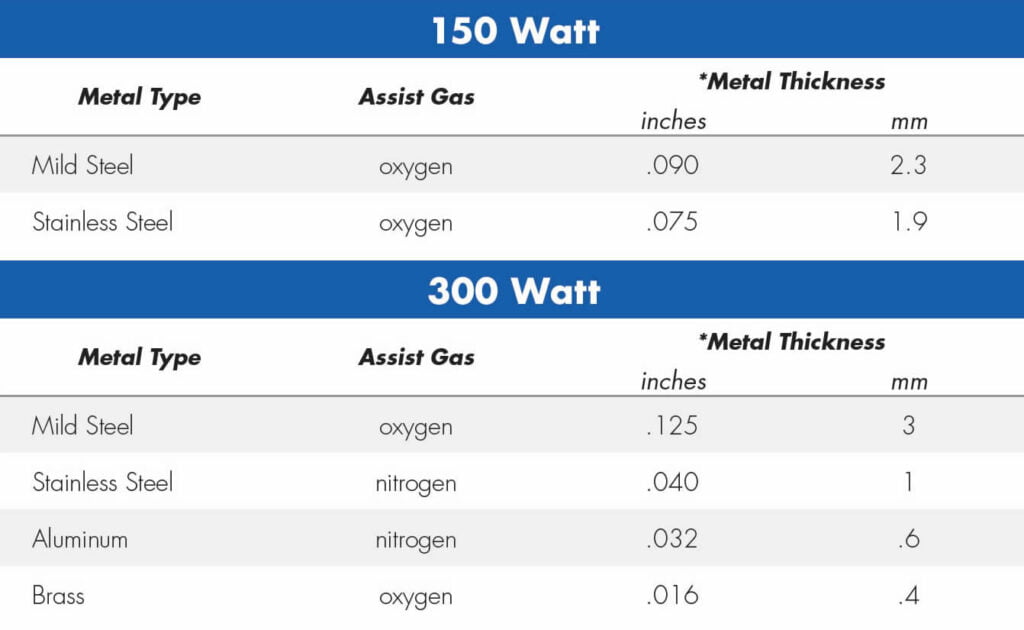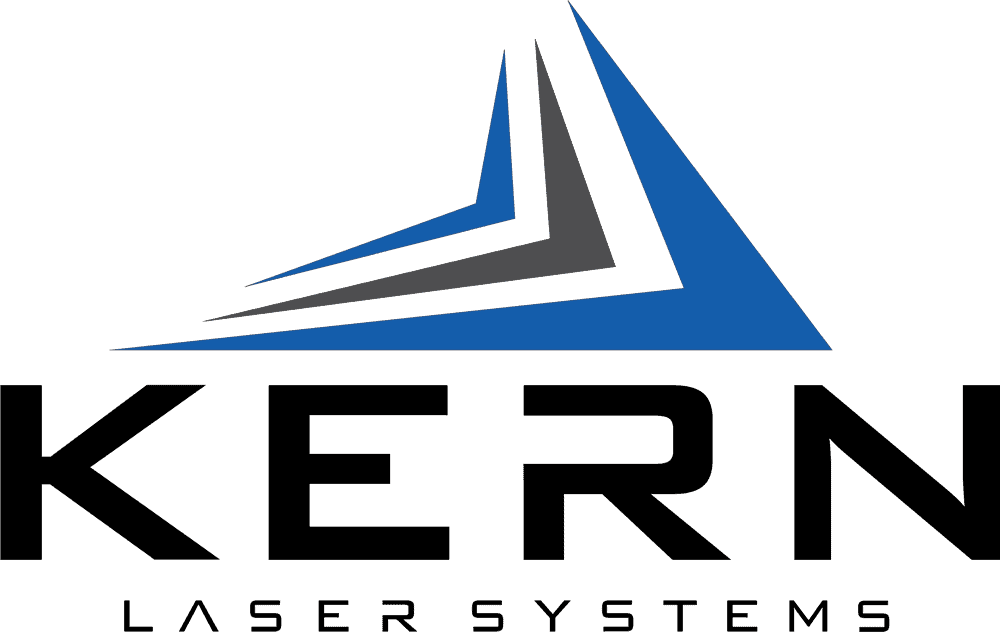FAQ: Will a CO2 laser cut metal?
Yes, CO2 lasers can cut light gauge sheet metal. Many of our customers metal cutting applications pair perfectly with a 150 to 650 watt CO2 laser. However, it’s important to understand that the ability of CO2 lasers to cut metal isn’t just about their power rating and super pulsed characteristics; it’s also about equipping them with the right CO2 metal cutting technology. Key components like an automatic capacitance sensing height follower, nozzle air assist control, and a circular polarized beam play crucial roles in enhancing the capabilities of these lasers.
Circular Polarizer and Beam Protection

A circularly polarized beam in CO2 laser cutting is crucial as it significantly reduces the reflection of the laser beam off reflective metals, ensuring more energy is absorbed for efficient cutting. This results in improved cut quality and consistency, especially on materials like stainless steel and aluminum, which are otherwise challenging due to their reflective nature.
Kern’s 150 and 200 watt laser sources are circular polarized right out of the box and additional external optics are not needed. The 300, 500 and 650W laser sources require an external circular polarizer which is installed on all metal cutting machines directly after the laser source output.
A beam isolator or protection system in a CO2 laser plays a vital role in safeguarding the internal components of the laser source from potential damage caused by reflected or backscattered light. By preventing these harmful reflections from traveling back into the laser resonator, these systems not only enhance the operational safety but also significantly extend the lifespan of the laser, reducing maintenance needs and preserving the integrity of the laser’s core components.
CO2 Laser Processing Charts


Automatic Focusing Height Follower
 A capacitance sensing height follower is integral in laser metal cutting as it ensures the optimal focus and distance of the laser beam from the material’s surface. This technology detects variations in the material’s surface height and automatically adjusts the laser head, maintaining a consistent gap between the laser and the metal. This consistent spacing is critical for achieving uniform cutting depth, precision, and quality, especially when dealing with uneven or warped materials. By compensating for surface irregularities, the capacitance sensing height follower prevents defects in the cut, enhances the efficiency of the cutting process, and reduces the risk of damage to both the material and the laser system, thereby ensuring a high-quality output in metal fabrication tasks.
A capacitance sensing height follower is integral in laser metal cutting as it ensures the optimal focus and distance of the laser beam from the material’s surface. This technology detects variations in the material’s surface height and automatically adjusts the laser head, maintaining a consistent gap between the laser and the metal. This consistent spacing is critical for achieving uniform cutting depth, precision, and quality, especially when dealing with uneven or warped materials. By compensating for surface irregularities, the capacitance sensing height follower prevents defects in the cut, enhances the efficiency of the cutting process, and reduces the risk of damage to both the material and the laser system, thereby ensuring a high-quality output in metal fabrication tasks.
Nozzle & Air Control
Nozzle air control and nozzle type are crucial elements in CO2 laser metal cutting, playing a key role in determining the quality, speed, and efficiency of the cutting process. The nozzle directs a stream of gas, usually air, oxygen, or nitrogen, onto the cutting surface, which aids in ejecting molten material from the kerf, the cut’s path. This stream not only helps to clear the cut but also minimizes oxidation and thermal deformation in metals like steel. The type of nozzle and the control of the air flow are critical; they need to be precisely aligned with the laser beam and adjusted for the material’s thickness and type. A well-designed nozzle ensures an optimal gas flow pattern, which directly impacts the cut quality, preventing irregularities and achieving cleaner edges. In essence, the right nozzle air control enhances the laser’s cutting capabilities, improves operational efficiency, and ensures the longevity of both the material and the laser equipment by reducing wear and tear.
Conclusion
Kern has been building super pulsed CO2 metal cutting machines for over 25 years. The versatility of CO2 lasers, capable of cutting light gauge metal as well as processing a diverse range of materials like acrylic, foam, and wood, offers a significant advantage, enabling customers to use a single machine for multiple applications across various industries. This multi-material capability not only provides cost-effectiveness by reducing the need for multiple machines, but also opens up a wide array of creative and functional possibilities, from intricate designs in woodworking to precise cuts in metal fabrication.
